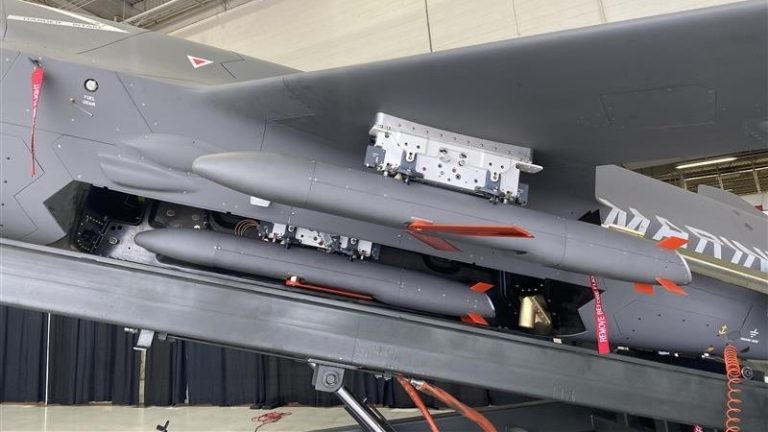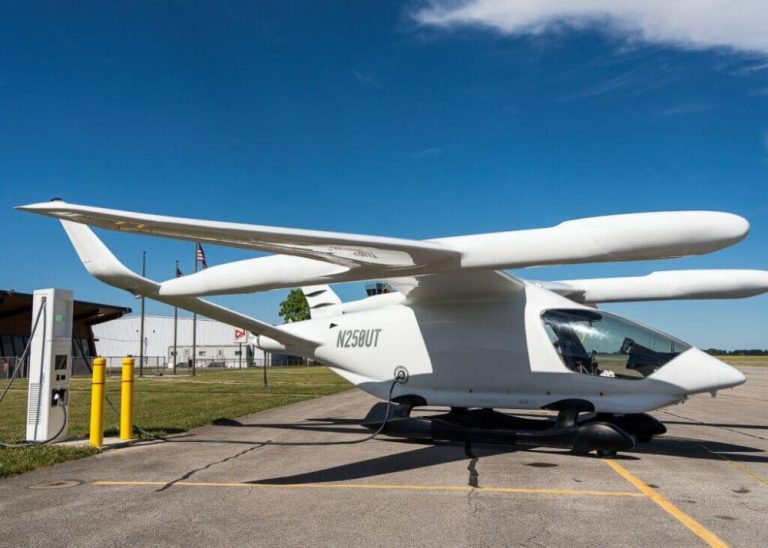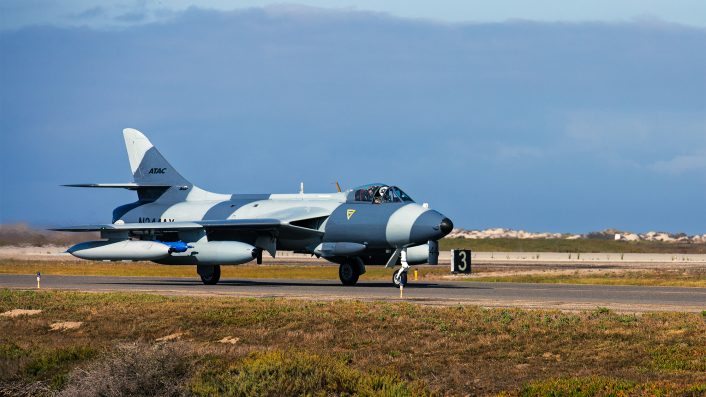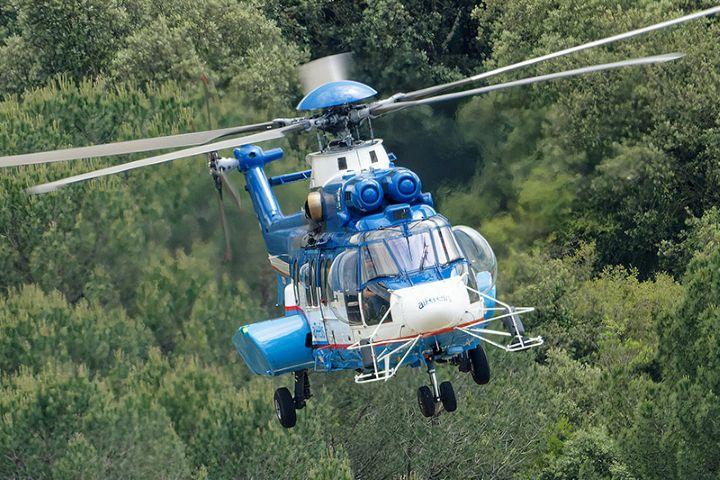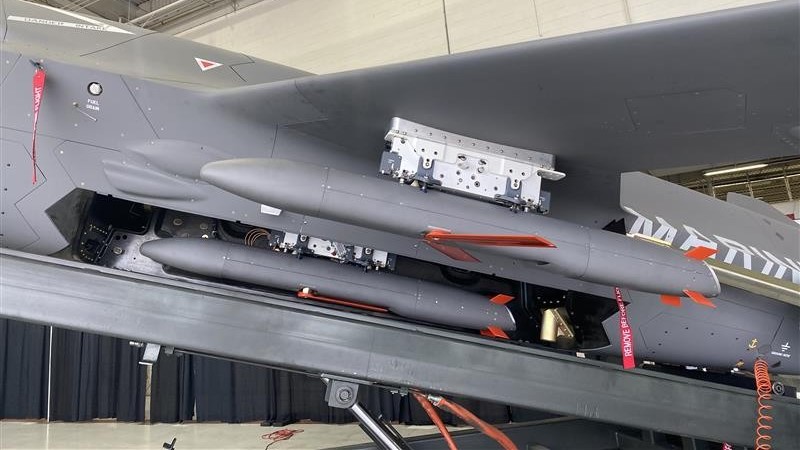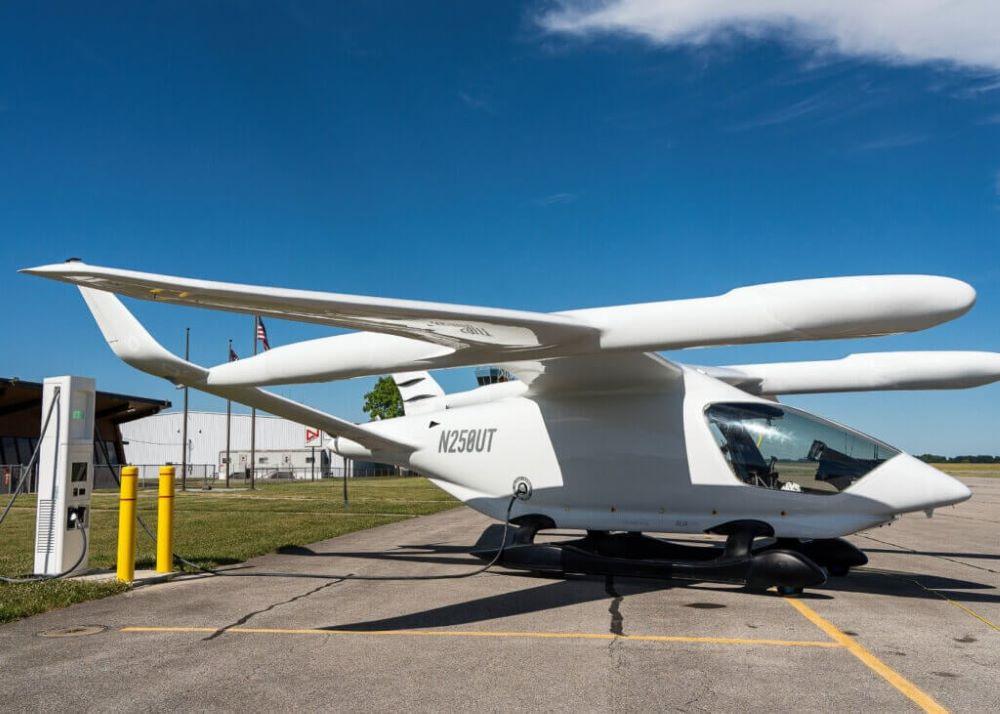https://aviationweek.com/themes/custom/particle/dist/app-drupal/assets/awn-logo.svg
This article is published in
Aerospace Daily & Defense Report part of Aviation Week Intelligence
Network (AWIN), and is complimentary through
Nov 24, 2025. For information on becoming an AWIN Member to
access more content like this, click here.
Steve Trimble
October 16, 2025
MV-75 Credit: Sipa USA / Alamy Stock Photo
The U.S. Army plans to match the 18-month acceleration for the schedule to field the baseline version of the Bell MV-75 tiltrotor aircraft with the delivery of the first major upgrade package.
That means the version of the MV-75 that is planned to introduce capabilities for the Special Operations Force, medical evacuation in the cabin and helmet-mounted displays in the cockpit will arrive about 18 months earlier, Brig. Gen. David Phillips, the program executive officer for aviation, said on Oct. 15.
The so-called Version 2 of the Future Long Range Assault Aircraft (FLRAA) could then be scheduled to enter service as early as fiscal 2032. The previous schedule called for delivering the first major package of upgrades sometime in fiscal 2034.
Army officials want to keep the arrival of Version 2 synchronized with the 18-month acceleration of the baseline version of the MV-75 unveiled earlier this year, Phillips said. The baseline version now could be delivered in late fiscal 2029 or early fiscal 2032.
The FLRAA program aims to transform the air assault mission now performed by the Sikorsky UH-60 Black Hawk. As a tiltrotor MV-75 is designed to fly more than 130 kt. (149.6 mph) faster and fly distances as much as 10 times longer than the conventional helicopter configuration of the UH-60.
The Army originally planned to field the product of the FLRAA program in 2034, but accelerated the schedule by three years in 2018 by adopting a hybrid-acquisition approach. Earlier this year, Army leaders decided to accelerate the schedule by another 18 months, with relaxed requirements for Bell to deliver planning documents and a higher tolerance for concurrency between the development and production phases.




